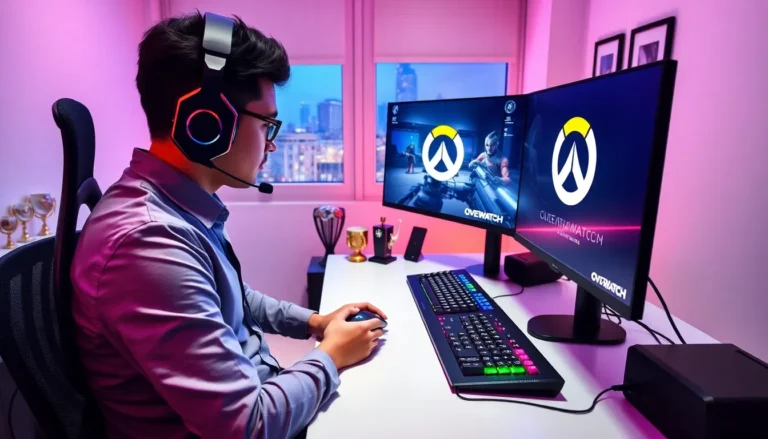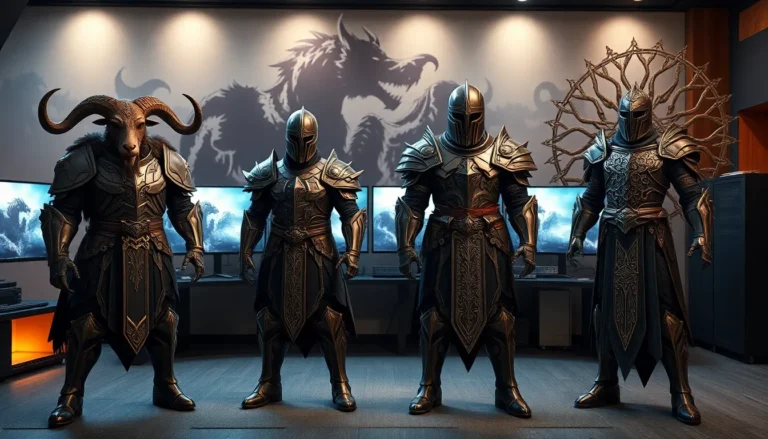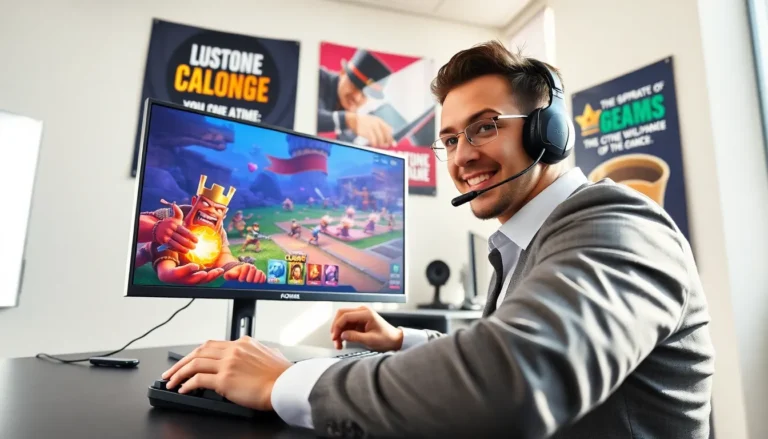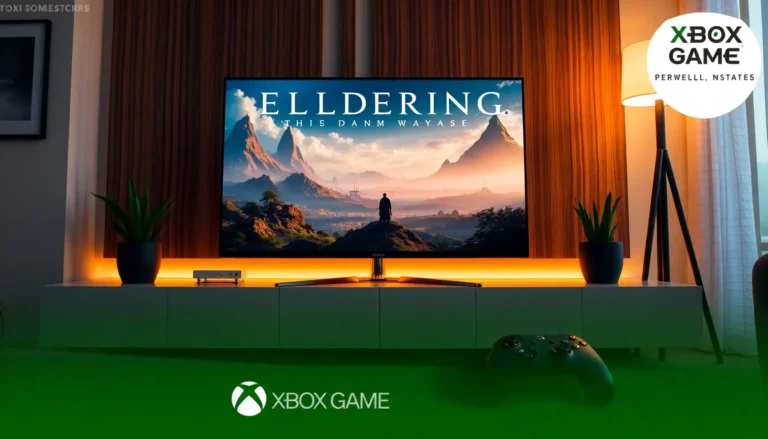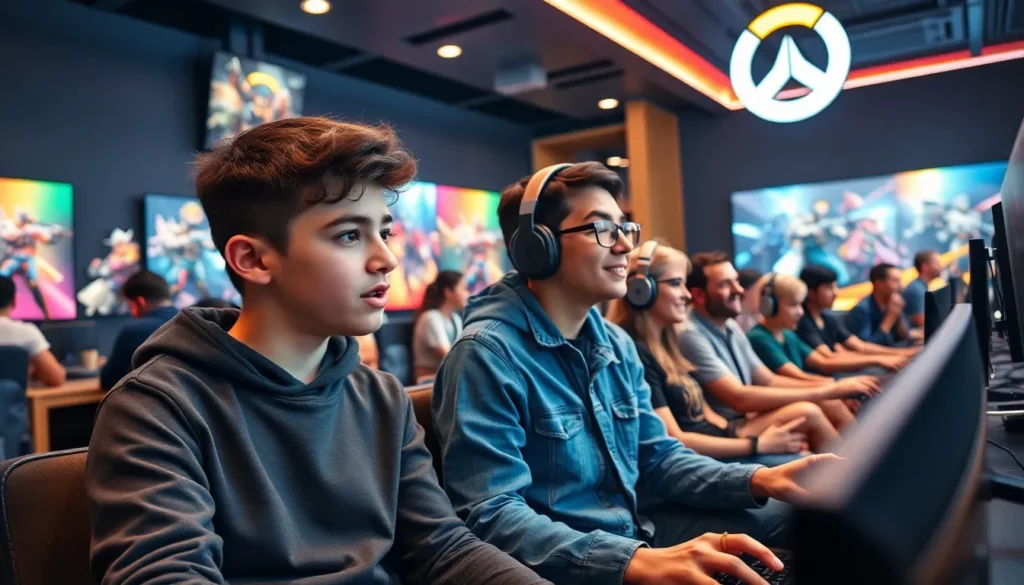Table of Contents
ToggleIn the vast and exhilarating world of Overwatch, one might wonder if age really matters when it comes to gaming prowess. After all, can a veteran gamer school younger players, or does fresh energy reign supreme? This deep jump into Overwatch ages unpacks not just the game’s age ratings but also the dynamics of its diverse community. Prepare to laugh, learn, and perhaps find yourself nodding in agreement as we explore how age shapes the experiences of players in this exhilarating multiplayer universe.
Understanding Overwatch’s Age Ratings

The Importance of Age Ratings in Gaming
Every game carries an age rating, and Overwatch is no exception. These ratings aren’t just red tape: they serve vital purposes. They guide parents, inform players, and set expectations for content. Think about it: a kid isn’t ready to dissect complex moral dilemmas or navigate intense competitive pressure like an adult might. Age ratings provide benchmarks to help ensure players have suitable experiences, fostering environments where appropriate content meets its audience.
Overview of Overwatch’s Rating History
Overwatch has evolved over time, earning its ratings based on player experiences, content updates, and community reactions. Initially rated T for Teen by the ESRB, the game has faced scrutiny. Critics often rush in, citing violent gameplay and themes that might leave parents feeling uneasy. But, Blizzard has worked diligently to highlight the game’s collaborative and strategic elements, a focus that helps temper concerns over violence. As more players from various backgrounds joined, the age rating has stood firm, remaining compulsory reading for those considering diving into Overwatch.
Demographic Analysis of Overwatch Players
Age Distribution Among Players
So, what’s the breakdown of Overwatch’s player base? Surveys reveal that players span a wide age range, which shouldn’t come as a shock given its accessibility and appeal. You can find teenagers eagerly honing their skills alongside gamers in their 30s and even 40s. Statistically, a noteworthy chunk hails from the 18-24 age group, followed closely by those 25-34. This blend creates a melting pot of experiences, ideas, and strategies, enriching every match.
Influence of Age on Gameplay Styles
Age isn’t just a number: it shapes gameplay styles dramatically. Younger players often approach the game with a fiery enthusiasm and willingness to experiment, trying out every character and strategy without hesitation. In contrast, older players may bring a treasure trove of experience and tactical analysis to the table, favoring teamwork and strategic precision over frantic button-mashing. This combination leads to vibrant in-game interactions, balancing youth and experience in a delightful dance.
The Evolving Community and New Generations
How Younger Players Experience the Game
Younger players enjoy Overwatch in ways older players can only admire. With the internet at their fingertips, they engage in online discussions, stream gameplay on platforms like Twitch, and often turn their gaming into a form of social connection. They might have a different outlook on competition, about it less as a serious try and more as a shared experience, effectively transforming it into a community-driven event.
The Role of Veteran Players in the Community
Veteran players hold a significant position in the community. They carry wisdom and can guide younger players through the intricacies of the game. Offering tips, sharing strategies, and providing constructive critiques become invaluable contributions, ensuring the cycle of learning continues. This mentorship creates stronger connections within the community, fostering an environment where every player, regardless of age, feels valued.
Potential Implications of Age in Overwatch Esports
Youth Involvement in Competitive Play
Younger players are stepping into the competitive scene, taking the reins in tournaments and casual competitions alike. Their vibrant energy often revitalizes teams, challenging the status quo. Having fresh perspectives and the latest gaming strategies puts them at an advantage, making them formidable competitors. Yet, this infusion of youth can also lead to interesting dynamics, where experience clashes with enthusiasm in competitive scenarios.
Strategies for Inclusivity Across Ages
Creating an inclusive environment is crucial as the Overwatch community continues to expand. This means embracing diversity in skill levels, play styles, and yes, even ages. Tournament organizers and community leaders should champion platforms that encourage collaboration among players of all ages. Offering mentorship programs and youth scholarships in competitive gaming can help bridge generational gaps and promote unity.

